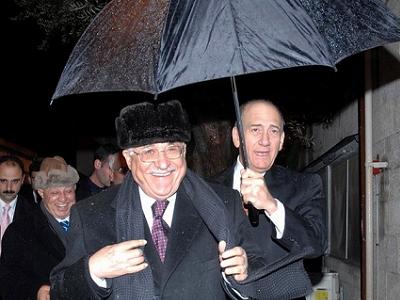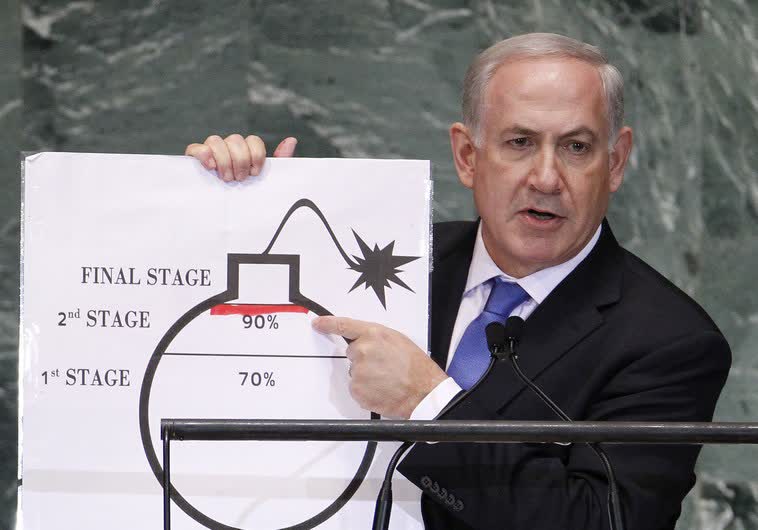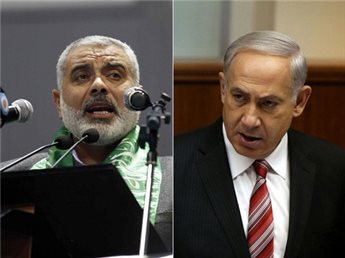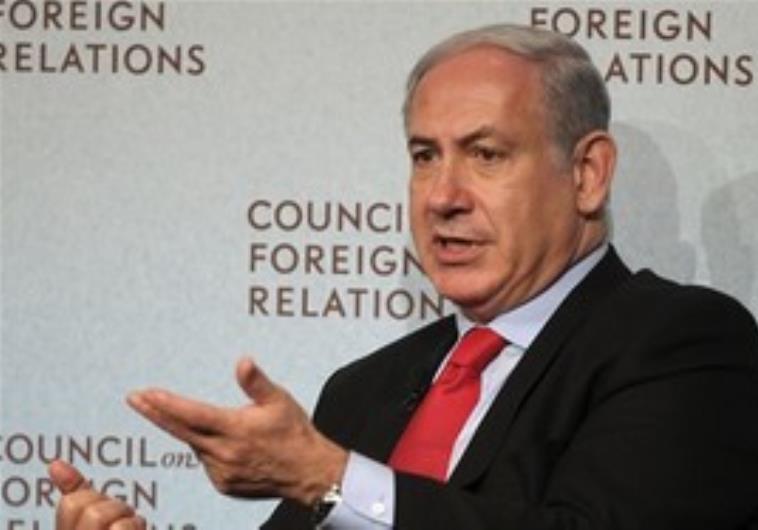Gershon Baskin and Hanna Siniora, in an open letter to the leaders of Palestine and Israel present three wild “out-of-the-box” ideas that could help to translate some of the progress into concrete steps that can be already implemented and would not only strengthen the process by translating them into reality, but will also strengthen their leadership facing their own people and the need to convince the public to support the process.
Memo to:Prime Minister Olmert
Minister of Foreign Affairs Livni
Minister of Defense Barak
President Abbas
Prime Minister Fayyad
Minister of Information Malki
Re: Three wild “out-of-the-box” ideas
Dear Leaders,
If the news reports are correct regarding real progress on talks towards an agreement on principles for permanent status, you are all worthy of congratulations. Some of the ideas presented in the press are quite constructive and show real progress through demonstrated flexibility and a genuine desire to find agreements.
The following are three wild “out-of-the-box” ideas that could help to translate some of the progress into concrete steps that can be already implemented and would not only strengthen the process by translating them into reality, but will also strengthen your leadership facing your own people and the need to convince the public to support the process. All three of these ideas are quite wild, but they could be accepted, advanced and could make a real contribution.
Here they are:
1. Jerusalem
Within the future framework of an agreement on Jerusalem, as reported, there would be some kind of formal symbol (perhaps) a flag indicating Muslim/Arab control over the Haram al Sharif/Temple Mount. It could be possible even now for the two sides to agree that President Abbas would issue an invitation to all of the heads of State of the Arab League to be his guest and to come to pray in the Al Aqsa Mosque. There would be no Israeli demands for meetings or for photo ops, this would be President Abbas’ invitation and they would come to Jerusalem as his guest (with Israeli agreement, facilitation and recognition). Imagine the image of all of the heads of the States of the Arab League coming to Al Aqsa with President Abbas leading them! The payoff to President Abbas in Palestine and in the Arab world would be immediate. Israel would also gain its share of credit and appreciation for allowing this to happen. This would also be an indication and a step in the right direction towards the Arab Peace Initiative. It is important that for this to be successful Israel would not make any demands for the Arab leaders to visit Israel or to meet with Israeli officials – that could and would come at a later time.
2. Refugees
Recognizing that any real return of Palestinian refugees in the future will be to the Palestinian state, it could be possible to begin to translate that into reality by agreeing to offer the refugees in Lebanon to come home to the West Bank now. The refugees in Lebanon are in the direst situation from all Palestinian refugees and they are the most potentially volatile refugee community in the Palestinian Diaspora. It is clear that not all of them would accept this offer and it is also clear that there is no immediate possibility to absorb all of them now. There is already talk about building a new Palestinian city in the West Bank as a means of creating investment and employment. Linking the construction of a new city in the West Bank with the invitation to the Palestinian refugees in Lebanon to come home would put the refugees issue on the right track. This would also attract a lot of support from the international donor community and from the Arab world and the Palestinian Diaspora. Obviously Israel would have to agree to this offer and Israel would also have to agree to turn over land in area “c” in the West Bank for this purpose. It is a proposal which will take several years to implement, but it can already begin quickly and to demonstrate the new reality in the West Bank that is so urgent to create.
3. The West Bank-Gaza Link
Prime Minister Olmert has already stated that he prefers the option of linking the West Bank and Gaza through a tunnel. The proposed tunnel going from Tarqumieh to Gaza is approximately 40 kilometres in length. At a cost of about $25 million per kilometre we are looking at a cost of about $1 billion. This is the most expensive option of the three main possibilities (an elevated route, a sunken route and a tunnel) or possible combinations of the three options. It is quite clear that there can be no real peace process without the inclusion of Gaza, however; given the current political circumstances it seems quite impossible to include Gaza in the framework of the current permanent status talks. Any agreements reached would have to include possibilities for the inclusion of Gaza at a later time. One positive point on this issue is that there are no real territorial questions open regarding the future of Gaza. The talks on Gaza will have to focus Gaza’s external borders, the seaport and the airport as well as the link to the West Bank.
The current reality and political process seems to be focusing on creating a real contrast between Gaza and the West Bank with the hope being that a new West Bank reality of stability, security, economic development and investment and a genuine peace process would prod the people of Gaza to seek a different political course in the Gaza Strip.
It could be possible and feasible that the construction of the West Bank-Gaza link (tunnel and or other combinations) begin from the West Bank side towards Gaza. The project could be completed to within a few hundred meters of the Gaza Strip until Gaza can be reintegrated into the new political realities. While the Gazans might not immediately see the proverbial “light at the end of the tunnel” they will be quite aware that the entrance to that tunnel is very near by. Hoping that the people of Gaza would not take the initiative to dig a tunnel themselves to link to the West Bank tunnel, a significant real incentive would exist for them to understand the seriousness of the need to adapt to the international conditions for regaining full re-entry into the diplomatic process.
Respectively yours,
Gershon Baskin, PhD and Hanna Siniora



